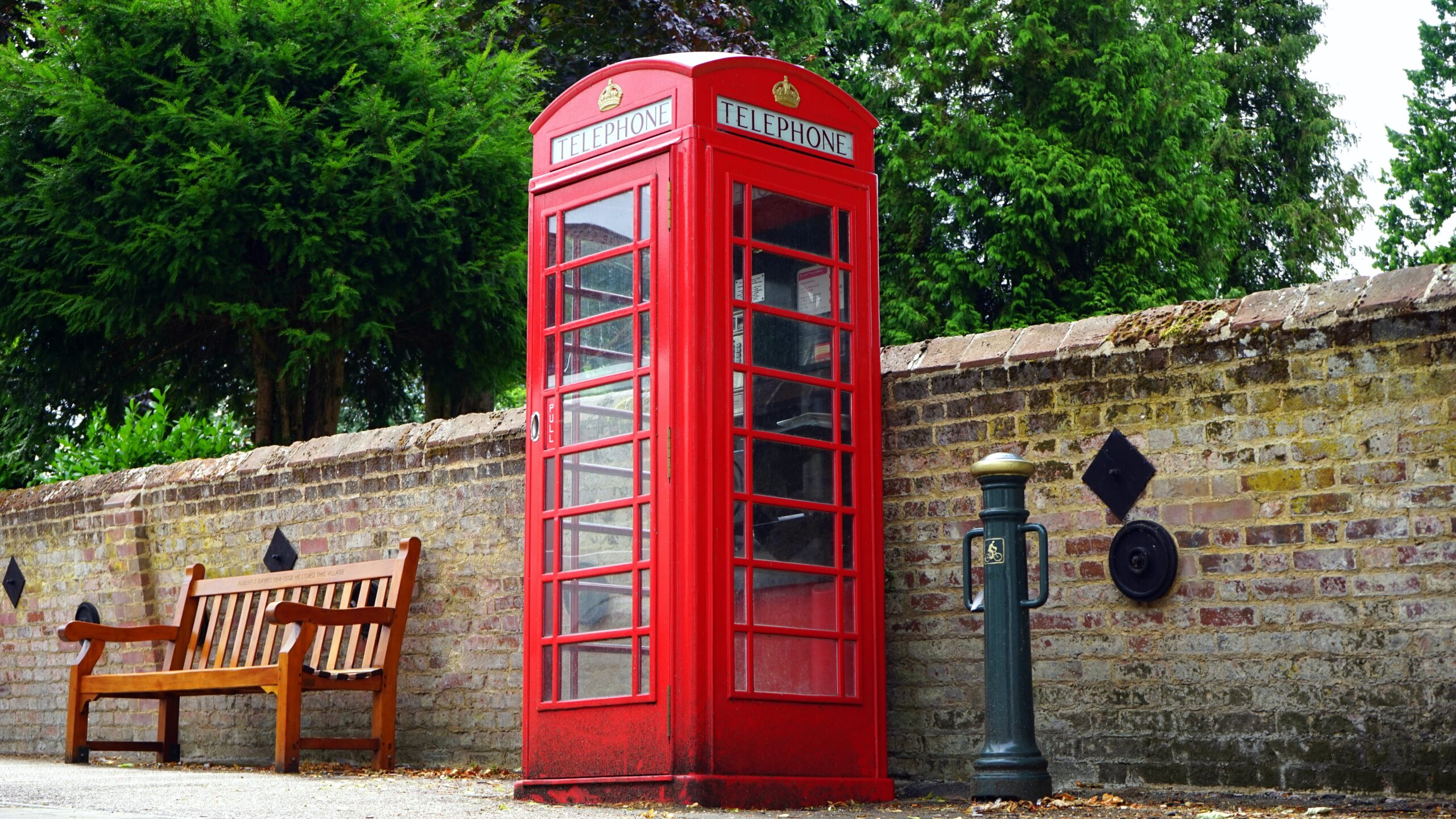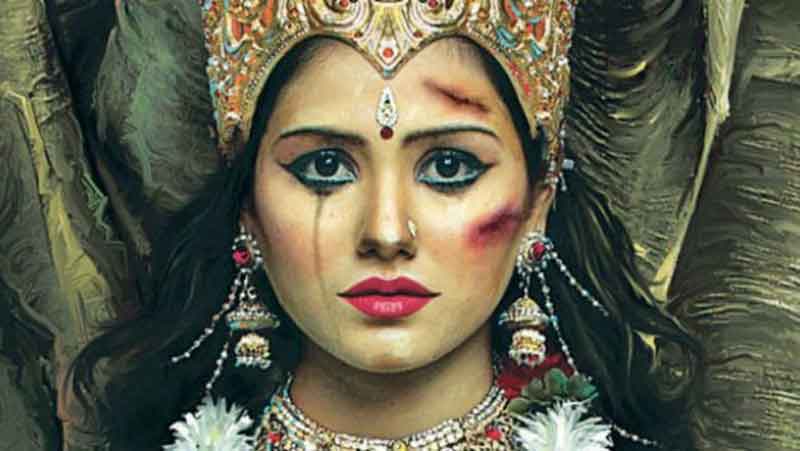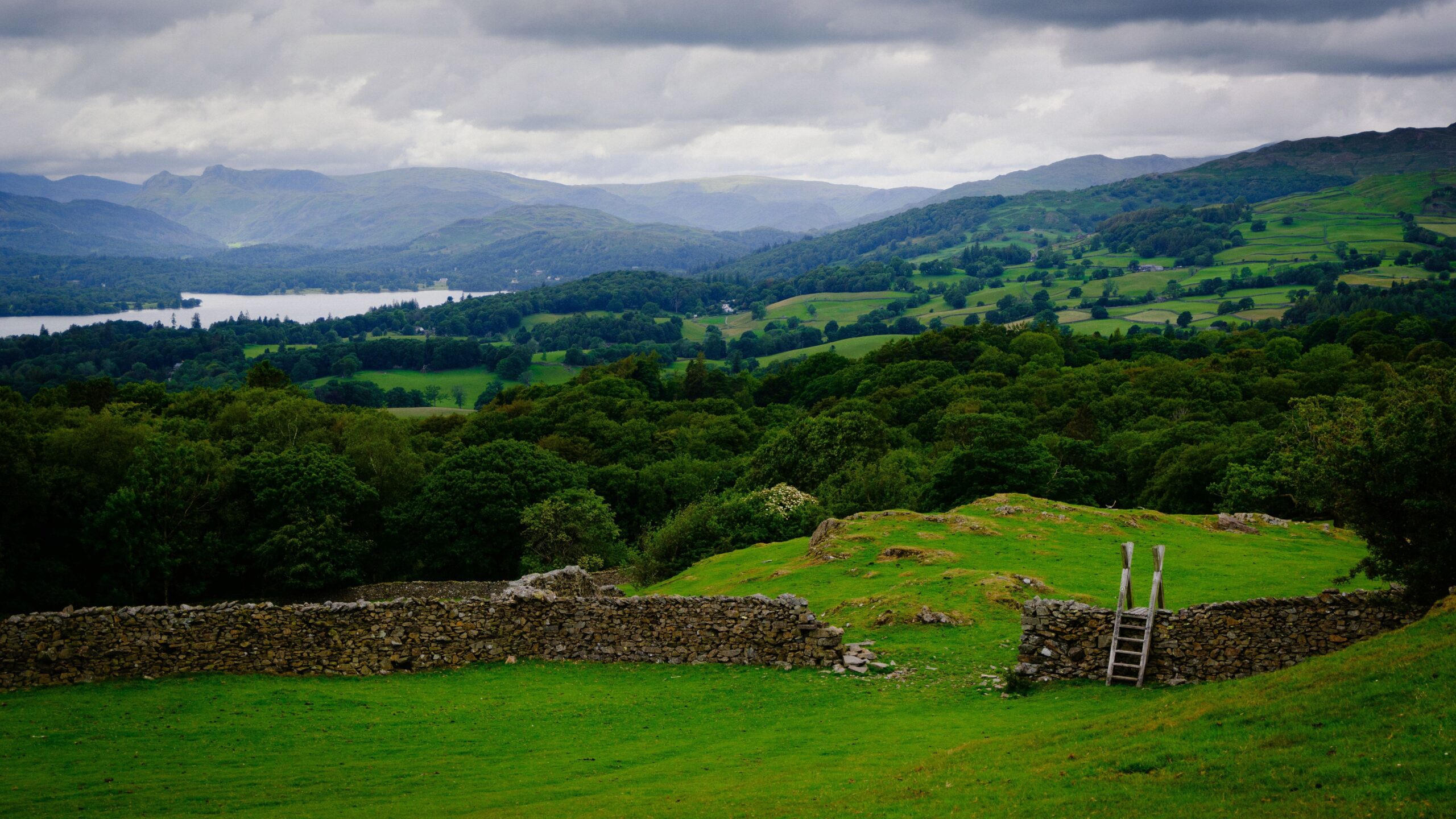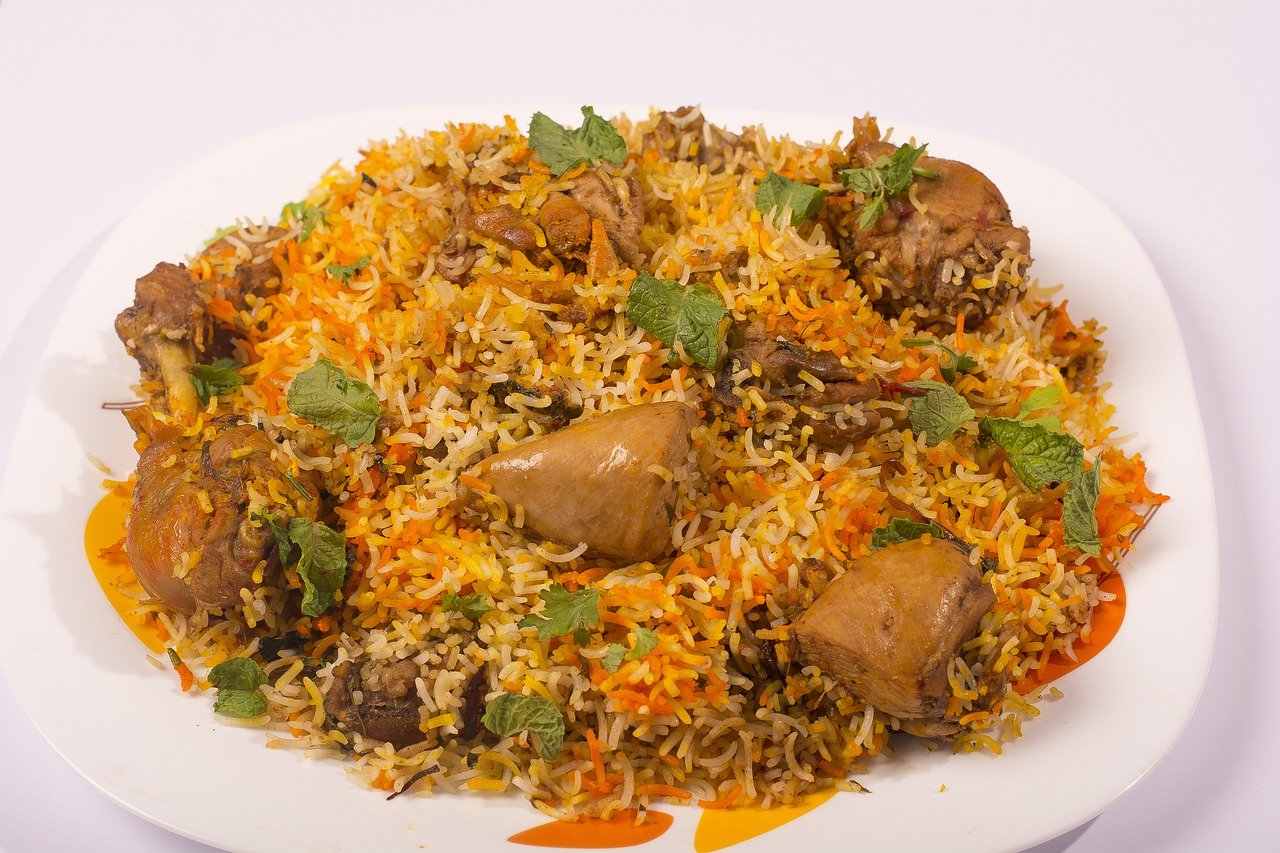In the heart of England’s quaint villages and charming towns, a tapestry of eccentric customs weaves its way through time, creating a unique and fascinating cultural landscape. From maypole dancing to cheese rolling, these British traditions are not just oddities but a testament to the enduring spirit of English eccentricity. Join us on a whimsical journey as we unravel some of England’s weirdest customs, each with its roots deeply embedded in the pages of history.
1. Maypole Dancing: A Dance of Ribbons and Tradition
Maypole dancing, a serious business disguised as whimsical frolicking, has been a staple in English villages since medieval times. As the prettiest girl becomes the May Queen, villagers engage in carefully choreographed dances, creating intricate patterns of woven ribbons around the pole. A celebration of May Day and the arrival of spring, this tradition carries the essence of a bygone era.
2. Jack in the Green: A Moving Hedge in Hastings (British Traditions)
Witness the peculiar sight of a moving hedge during the May Bank Holiday in Hastings, Sussex. Known as Jack in the Green, this character is accompanied by green-faced ‘Bogies’ and a Morris group. The festivities culminate with the symbolic ‘slaying’ of Jack amid the cliff-top castle ruins. Originating as a form of begging for chimney sweeps, this tradition has grown into a spectacle that captures the imagination.
3. Cheese Rolling: The Gravity-Defying Pursuit in Gloucestershire
In the picturesque Cotswolds, Gloucestershire’s famous Cheese Rolling tradition draws participants and spectators alike. The objective is simple: be the first to cross the finish line following a downhill race of a Double Gloucester cheese, reaching speeds of up to 70mph. The triumphant winner embarks on a shirtless sprint back up Cooper’s Hill, marking a cheese-centric celebration of creation, release, and recapture.
4. Tar Barrel Racing in Ottery St Mary: Flames, Speed, and Unbridled Fun
On Guy Fawkes Night in Devon’s Ottery St Mary, an adrenaline-pumping spectacle unfolds as massive flaming tar barrels are carried through the town. In a display that’s dangerous, tremendously fun, and surprisingly legal, participants navigate the streets, and spectators revel in the chaos. A tradition rooted in centuries past, this fiery event showcases a unique blend of danger and revelry.
5. Wife Carrying in Dorking: A Viking-Inspired Race with a Modern Twist
Wife Carrying, an annual race in The Nower, Dorking, harks back to the Viking invasion of 793 AD. Initially rooted in the Nordics’ historical rampage, the modern event takes a light hearted turn with willing participants. From weight requirements to hay-bale hurdles, this race combines history with humor, offering unique prizes like Pilgrim ale and even a ceremonial tin of dog food for the less fortunate.
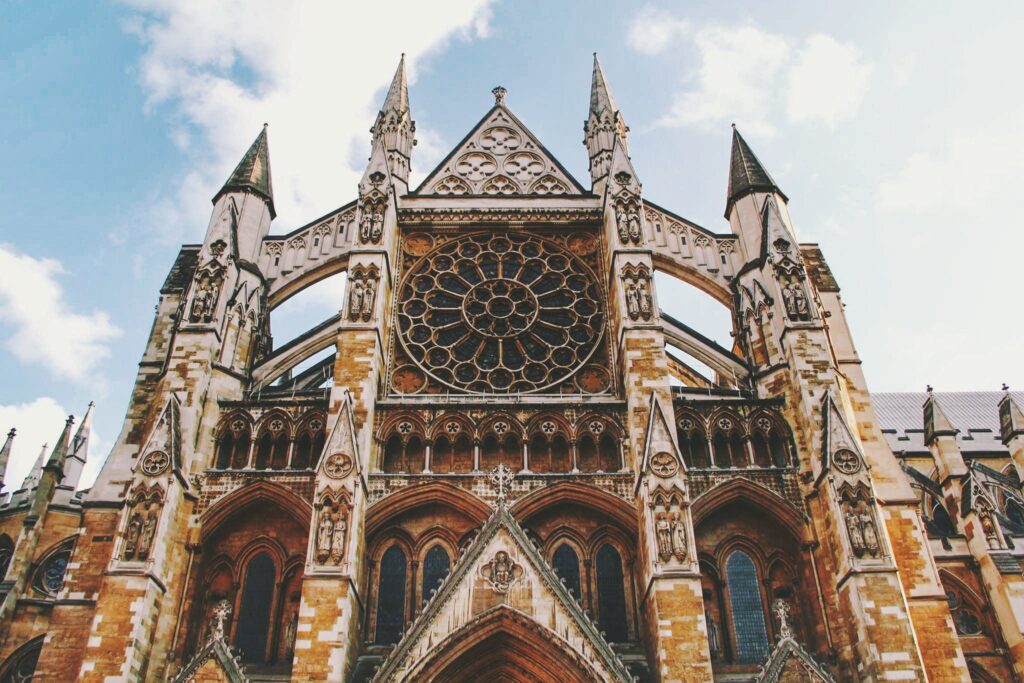
6. Hurling the Silver Ball: A Shrove Tuesday Tradition in Cornwall (British Traditions)
Shrove Tuesday brings forth a peculiar parish ‘mob’ game in St Columb Major, Cornwall: Hurling the Silver Ball. Participants aim to throw a small silver ball across parish boundaries into goals two miles apart. The winner is hailed and carried to the Market Square, where the silver ball takes a dip in jugs of beer to be shared among the spirited players.
7. Morris Dancing: The Eccentric Folk Dance of May Day
As May Day dawns, Morris dancing takes center stage across the UK. With origins shrouded in mystery, this folk dance involves men and occasionally women dressed in peculiar attire, dancing with a distinctive hop-and-skip. Whether in the Cotswolds, Welsh borders, or remote rural corners, Morris dancing adds a touch of strange charm to May Day celebrations, often near a pub where beer flows freely.
8. Lewes Fireworks: A Night of Protestant Revelry in Sussex (British Traditions)
On 5 November, the quaint town of Lewes, East Sussex, transforms into a realm of protestant revelry and flame-throwing. Steeped in traditions dating back 500 years, Lewes Fireworks Night is a riotous affair where rival fireworks societies parade through the streets with burning crosses and effigies. A night fraught with raucousness and danger, it’s a celebration that defies the norms of safety regulations.
9. Pancake Flipping on Shrove Tuesday: Racing Pans and Sweet Rewards
While the world indulges in Mardi Gras celebrations, the English, in their offbeat style, take to flipping pancakes on Shrove Tuesday. With religious roots in using up fatty foods before Lent, pancake races have become a quirky tradition. From the House of Lords vs. House of Commons Pancake Race to local town competitions, this tradition adds a dash of zany athleticism with a delicious reward.
10. Whittlesea Straw Bear Festival: A January Parade of Straw and Merriment
In Whittlesea, Cambridgeshire, the Straw Bear Festival kicks off the new year with a unique spectacle. Dating back over 200 years, a performer dons a five-stone metal and straw costume, parading through the town accompanied by dancers and a decorative plough. Banned in 1909 and revived in 1980, this curious tradition continues to captivate with its agricultural origins and quirky charm.
England’s weirdest customs paint a vivid picture of a nation unafraid to embrace the eccentric, the dangerous, and the downright whimsical. As these traditions persist through the ages, they offer a glimpse into the rich tapestry of English culture, where each dance, race, and revelry tells a story that transcends time. In a world increasingly governed by norms and regulations, these peculiar customs stand as a testament to the enduring spirit of English quirkiness, inviting both locals and visitors to partake in the joyous, and at times, unpredictable celebrations that define the nation’s cultural identity. So, the next time you find yourself in a small English village with ribbons and bells in the air, remember, you’re not witnessing a strange spectacle—you’re experiencing the living, breathing essence of England’s eccentric soul.
